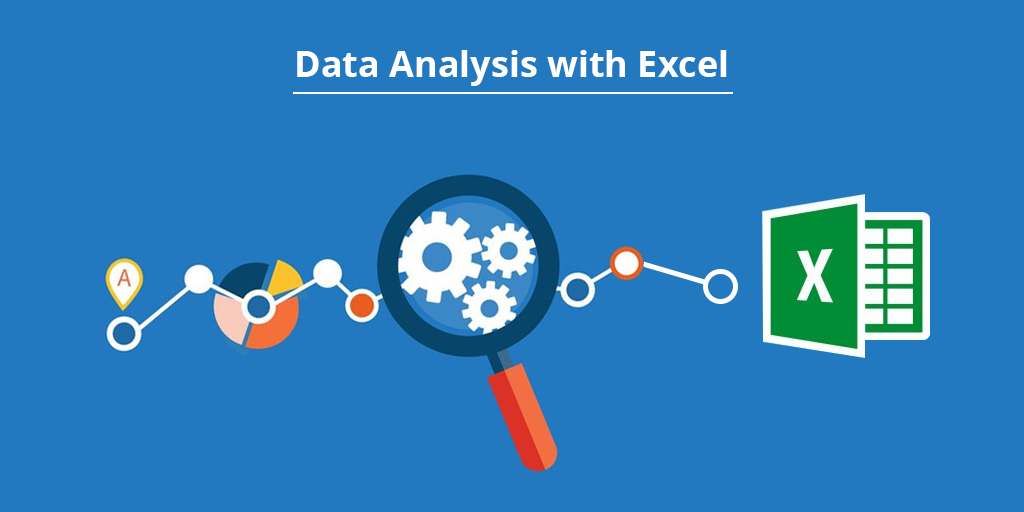Free eBooks for Beginners
Pivot Tables are a powerful tool in Excel that are used to summarize and aggregate data. They are an essential part of data analysis, and they are easy to use, even for beginners. In this article, we will explore the basics of pivot tables, how they work, and how they can be used in Excel to help you analyze your data more effectively.
A pivot table is a type of data summary tool that allows you to summarize large amounts of data into a more manageable format. Pivot tables work by grouping data into categories and then calculating statistics, such as sums, averages, and counts. This makes it easier to see patterns and trends in your data and to make informed decisions about your data.
To create a pivot table in Excel, you first need to select the data you want to include in your pivot table. You can select the data by clicking and dragging your mouse over the cells you want to include. Once you have selected your data, you then need to choose the Insert tab, and then select the Pivot Table option.
Once you have created your pivot table, you can then start to manipulate it to get the information you need. One of the most powerful features of pivot tables is the ability to drag and drop fields into the pivot table to create new categories and summaries. For example, you can drag a field into the rows section to create a summary of your data based on that field.
Another useful feature of pivot tables is the ability to create calculated fields. Calculated fields allow you to perform calculations on your data and to add new data to your pivot table. For example, you can use a calculated field to create a new field that represents the average of a set of data.
In conclusion, pivot tables are a powerful tool in Excel that can help you to summarize and aggregate data, making it easier to see patterns and trends in your data. Whether you are a beginner or an experienced data analyst, pivot tables are easy to use and can help you to analyze your data more effectively. So go ahead and start exploring the world of pivot tables and see what insights you can uncover!
Excel Data Analysis for Beginner and Data Analyst : Tutorial 29 – Pivot Tables
 Loading...
Loading...
Disclaimer: The information and code presented within this recipe/tutorial is only for educational and coaching purposes for beginners and developers. Anyone can practice and apply the recipe/tutorial presented here, but the reader is taking full responsibility for his/her actions. The author (content curator) of this recipe (code / program) has made every effort to ensure the accuracy of the information was correct at time of publication. The author (content curator) does not assume and hereby disclaims any liability to any party for any loss, damage, or disruption caused by errors or omissions, whether such errors or omissions result from accident, negligence, or any other cause. The information presented here could also be found in public knowledge domains.
